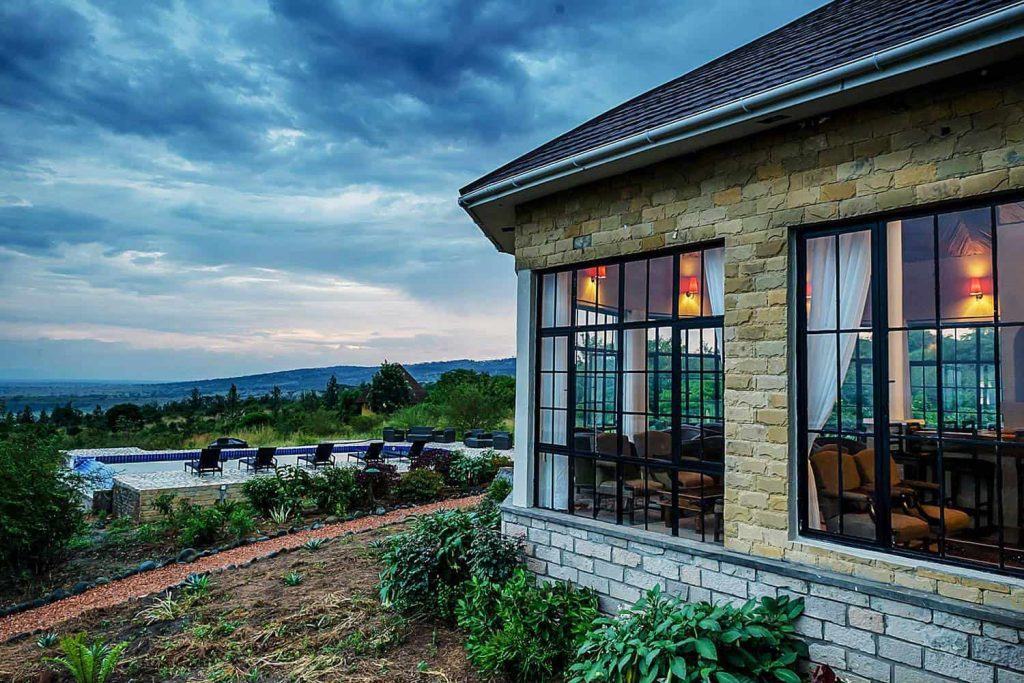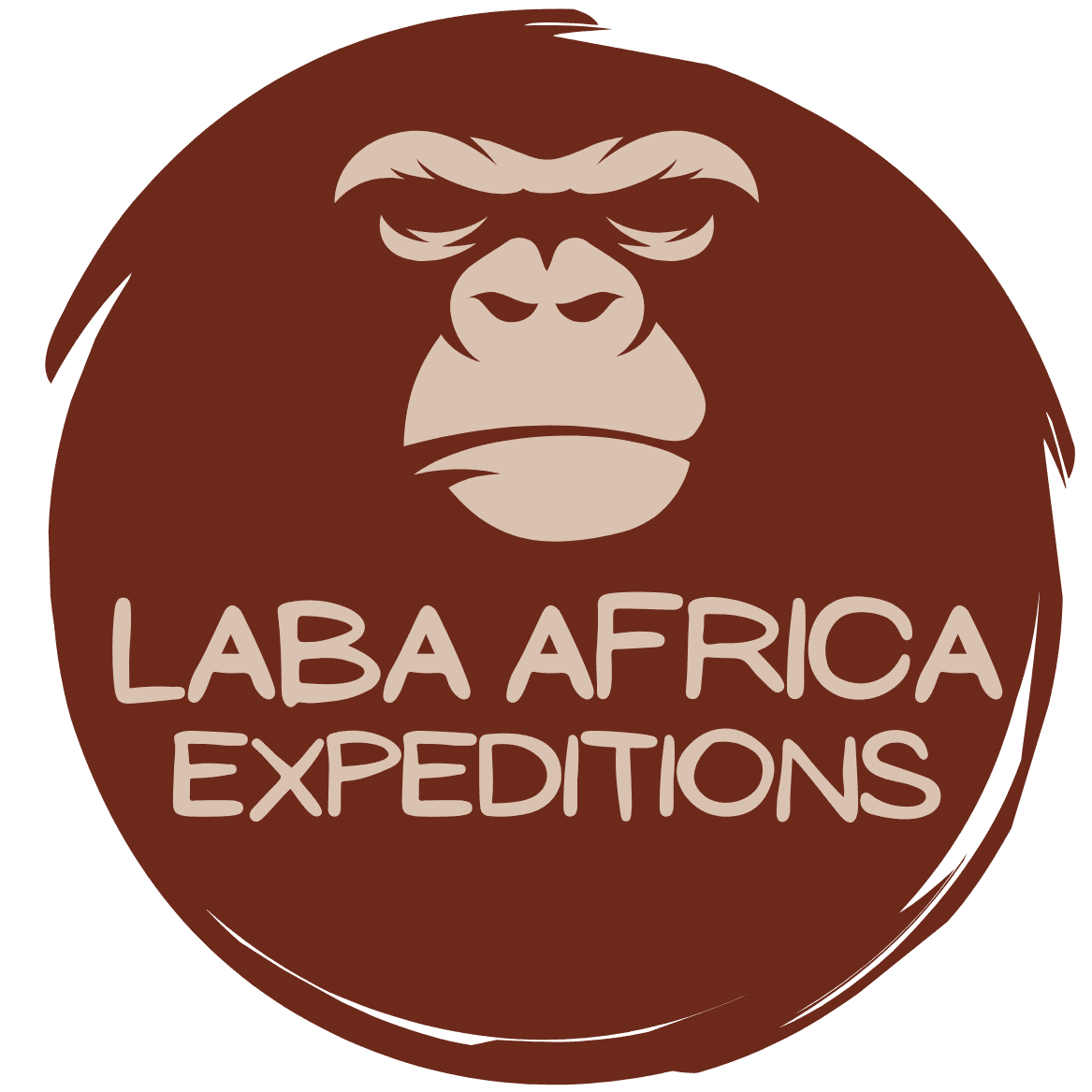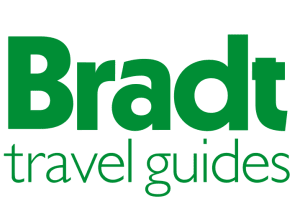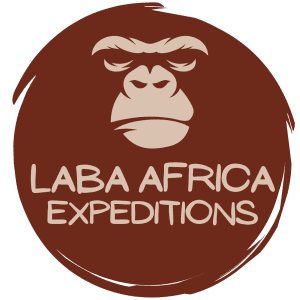DISCOVER UGANDA
Wildlife Filming in Uganda
Generally, filming tours in Uganda will include locations such as In Uganda highlands, forests, lakes, rivers, wetlands, savannahs, schools, hospitals, farmlands, cities, mines, and traditional communities.
Uganda is a perfectly endowed country when it comes to nature: located in East Africa, in the Great Lakes Region, the Pearl of Africa is home to biodiverse flora and fauna that represent the diversity of its ecosystems. Uganda’s topography includes large mountains, rolling hills, freshwater lakes and rivers, swamps, tropical rainforests, and savannahs; because of this diversity of natural habitats, it boasts over half of the world’s remaining mountain gorilla population, Africa’s largest chimpanzee population, more than 340 mammal species, and over 1000 bird species.
Uganda is thus one of the top wildlife filming sites in Africa. Generally, filming tours in Uganda will include locations such as In Uganda highlands, forests, lakes, rivers, wetlands, savannahs, schools, hospitals, farmlands, cities, mines, and traditional communities. A bunch of movies including Queen of Katwe (2016), The Last King of Scotland (2006, etc., have been filmed in Uganda. Nonetheless, wildlife filming safaris in Uganda will take you into Uganda’s national parks and game reserves to capture some of Africa’s infamous wild animals, primates, birds, and plants. Uganda is home to 10 national parks and 13 game reserves scattered across its distinct regions and each location offers a unique kind of wildlife filming experience.
Top Regions for Wildlife Filming Tours in Uganda
Western Uganda
For thrilling wildlife filming adventures, western Uganda is the best region to visit in Uganda, since it is home to most of the country’s safari destinations. Here, Bwindi Impenetrable Forest National Park, which is home to 50% of the world’s remaining mountain gorillas lies in south-western Uganda in Kanungu District. The park is the best place to capture and interact with the great apes in the wild. Besides, the park is home to the gorgeous dense tropical rainforest, over 350 bird species, 310 butterfly species, a variety of amphibians, reptiles, and other smaller primates such as monkeys and baboons, among others.
In the far south-western corner in Kisoro district is Mgahinga Gorilla National Park which is famed for harboring Uganda’s mountain gorillas and the only population of golden monkeys in the country. Mgahinga is also home to a variety of Albertine Rift bird species, primates, and other wildlife, as well as a great scenery for the perfect wildlife films.
Queen Elizabeth National Park, which is the second-largest national park in Uganda is home to four of the big five including the famed tree-climbing lions in its Ishasha sector. This park is home to 95 mammal species and 612 recorded bird species. Other top wildlife filming highlights in Queen Elizabeth include elephants, lions, leopards, buffaloes, bushbucks, Kobs, etc., in the savannah plains, Nile crocodiles, hippos, monitor lizards, and an array of water birds on Kazinga channel, the inquisitive chimpanzees in Kyambura Gorge, Katwe salt mines, explosion craters, to mention but a few.
Kibale Forest National Park boasts the primate capital of the world, amidst the most attractive tract of tropical rainforest. The park is home to 13 primate species including over 1500 endangered chimpanzees – this is the largest population of chimpanzees in East Africa. Kibale Forest is also home to a variety of monkey species, olive baboons, amphibians, butterflies, reptiles, and a plethora of bird species.
Lake Mburo National Park, located in Kiruhura district is home to the largest concentration of zebras and impalas. The park is also home to a wide range of buffaloes, elephants, giraffes, crocodiles, waterbucks, and klipspringers, among others, and over 315 bird species. It is a great place to film birds, wildlife, and adventurous safaris such as horseback riding.
The Magnificent Murchison Falls National Park, which is the largest national park in Uganda offers enthralling wildlife filming spectacles. Besides hosting the most powerful waterfalls on the Victoria Nile, the park boasts the largest concentration of wildlife. With over 76 mammal species and 451 bird species, the park offers spectacular wildlife highlights including lions, elephants, warthogs, giraffes, leopards, antelopes, elands, and a variety of birds. Still in the Murchison Falls Conservation Area, we have the endangered rhinos in Ziwa Rhino Sanctuary and an impressive population of chimpanzees in Budongo Forest.
Eastern Uganda
Though this region is ideal for Uganda adventure tours like water sports on the River Nile, Eastern Uganda also offers fantastic wildlife filming tours. In this region, we find Mount Elgon National Park which is home to the massive Mount Elgon and the gorgeous Sipi Falls, as well as beautiful coffee plantations and sites. The park is also home to an array of wild animals and over 300 recorded bird species. The park features gorgeous afro-montane forests and the largest caldera in the world.
North of Mount Elgon in the Karamoja Sub-region is Pian Upe Wildlife Reserve – the second largest conservation area after Murchison Falls National Park. Pian Upe Wildlife Reserve is popularly known for being home to the largest concentration of predators and the rarest mammals such as reedbucks, rock hyrax, roan antelopes, and wild cats, among many others. Pian Upe lies between Mount Elgon and Kidepo Valley National Park. It is bordered by Matheniko Wildlife Reserve and Bukora Wildlife Reserve.
Kidepo Valley National Park, located in northeastern Uganda is the most beautiful National Park in the nation. The park boasts the largest population of buffaloes and the second-largest population of recorded bird species of over 475 species. The park is also home to cheetahs, duikers, dik-diks, leopards, giraffes, wild dogs, spotted hyenas, Ostriches, and so many others creatures. Other film highlights in Kidepo include Mount Morungole and the Ik people, the Kidepo and Narus rivers, etc.
Requirements for Wildlife Filming in Uganda?
Press Accreditation
Any person planning a wildlife filming tour in Uganda is required to go through press accreditation by the Uganda Media Council. This can be done either directly or through a reputable tour operator. Each individual or crew member is required to complete “Form G” which is generally provided to you, and you will be required to scan it and return it to either the Uganda Media Council or your tour operator, depending on how your booking style. Along with the form, attach a copy of your passport and one photograph to be used on your media card.
In addition, a letter from the shooting business outlining who you are, why you are filming, the location where you will be filming, and the crew members involved in this tour. This will be attached to all of the information you have supplied and sent to the Uganda Media Council for media card processing. Upon the completion of this procedure, these media cards are ready in 2-3 business days. The media card costs about USD175 for 30 days of filming and USD225 for up to 60 days of filming.
Wildlife Filming Location Permits
Unlike press or media accreditation permits, location permits are often issued by the governing bodies in the respective locations for filming. In this case, wildlife filming location permits are issued by the Uganda Wildlife Authority which is the governing body for Uganda’s national parks and game reserves.
The Uganda Wildlife Authority charges a filming cost of 40% of the filming activity; including the monitoring price of 10% every day. Also, drone filming fees are levied at 50% of the filming activity. However, a $1,000 refundable deposit will be returned if the filming team delivers to UWA at least two DVD copies of the program as broadcast, with UWA using these Discs only for educational and non-profit reasons.
Uganda Visas and Work Permits
In terms of visas, we recommend that you obtain a tourist or business visa. Most film crews prefer to obtain their visas before arriving in Uganda, which may be applied online. Visas, on the other hand, are easily acquired on arrival. As for work permits, each visiting crew member must get Press Accreditation in Uganda and the processing time is often 2-3 days after the relevant visitor paperwork is provided.
Press credentials are valid for 30 days and visitors must have this permission when entering Uganda; especially when clearing gear through customs and shooting anyplace in Uganda.
Customs Clearing
Unfortunately, carnets are not valid in Uganda because the country is not a member of the Carnet Free Systems Unions. If you wish to visit Uganda with your filming equipment, a certified Agent is the only way to get your equipment into and out of Uganda. For the issuing of a Temporary Import Permit, a detailed list of equipment and value must be provided to URA through a certified clearing agency (TIP). It is necessary to pay a charge equal to 10% of the equipment’s worth: this price is non-refundable; however, it ensures your safe admission and exit with your equipment. At Laba Africa, we can handle clearing for you because we work with a reputable bond agency. Additionally, you may escape the hassle of clearance by sourcing gear and equipment from within the nation. All of the conventional camera, grip, and lighting equipment is accessible here in Uganda.
Transportation and Vehicle Hire
Laba Africa Expeditions offers transportation for film crews and tourists based on their interests, budget, and the quality of roads in the respective chosen places. For tough topographies; for instance in Uganda’s National Parks, it is best to use Customized 4×4 Land Cruisers, which cost between USD200 and $250 per car per day with driver/fixer, or 4×4 Safari Vans, which cost between USD200 and USD250 per van per day with driver/fixer. For fuel costs, we will need to look at your filming safari schedule to determine the miles and distance traveled.
However, Laba Africa also handles both charter and scheduled air transportation for travelers who need to fly to cut down on the number of hours they spend in the air. In collaboration with other reputable service providers, it also caters to travelers filming on water bodies.
Best Time for Wildlife Filming in Uganda
Laba Africa offers transportation for film crews and tourists based on their interests, budget, and the quality of roads in the respective chosen places. For tough topographies; for instance in Uganda’s National Parks, it is best to use Customized 4×4 Land Cruisers, which cost between USD200 and $250 per car per day with driver/fixer, or 4×4 Safari Vans, which cost between USD200 and USD250 per van per day with driver/fixer. For fuel costs, we will need to look at your filming safari schedule to determine the miles and distance traveled.
However, Laba Africa also handles both charter and scheduled air transportation for travelers who need to fly to cut down on the number of hours they spend in the air. In collaboration with other reputable service providers, it also caters to travelers filming on water bodies.
Accommodation When Wildlife Filming in Uganda

Uganda has designated safari accommodations in most of her National Parks, game reserves, and other safari locations. These accommodations are categorized into budget, midrange, and luxury options. You can always choose between safari lodges and tented camps, depending on your budget and preferences. Some of these options include; Hotel No.5 Boutique Hotel, 2 Friends Beach Hotel, Paraa Safari Lodge – Murchison Falls NP, Chameleon Hill Lodge – Bwindi, Elephant Plain Lodge – Queen Elizabeth National Park, Turaco Tree-tops – Kibale Forest NP, among many others.






